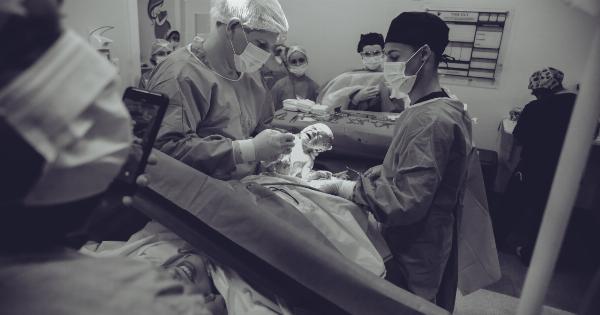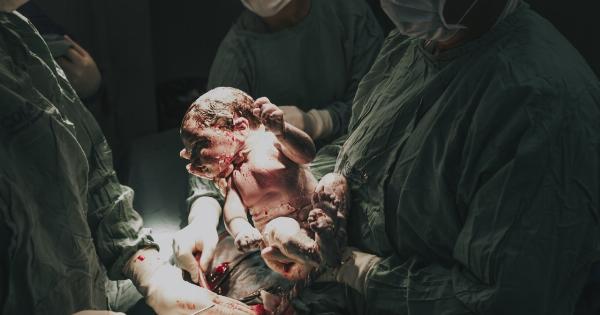A Caesarean section, or C-section, is a surgical procedure in which a baby is delivered through an incision in the mother’s abdomen and uterus.
While C-sections are medically necessary in some cases, such as when a vaginal birth may endanger the mother or baby, they also come with risks. In this article, we will discuss the potential dangers of having a C-section, both for the mother and the child, as well as alternatives to the procedure.
Increased Risk of Infection
One of the biggest risks associated with C-sections is the increased risk of infection.
Since the procedure involves cutting through multiple layers of tissue, including the uterus, there is a higher chance of bacteria entering the body and causing an infection. In addition, C-sections require a longer hospital stay than vaginal births, which means that patients are more likely to be exposed to hospital-acquired infections.
Blood Loss and Pain
Another risk associated with C-sections is blood loss. The procedure can cause significant bleeding, which may require a blood transfusion.
In addition, C-sections are major abdominal surgery, which means that patients may experience more pain and discomfort during the recovery period than they would with a vaginal birth.
Increased Risk of Future Pregnancy Complications
C-sections can also increase the risk of complications in future pregnancies. Women who have had a C-section are more likely to experience placenta previa, a condition in which the placenta covers the cervix, making vaginal delivery impossible.
They are also at greater risk of uterine rupture, which can be life-threatening for both the mother and baby.
Impact on Breastfeeding
Studies have shown that C-sections can make it more difficult for mothers to breastfeed.
This may be due to a number of factors, including the medications used during the procedure, the separation of the mother and baby immediately after birth, and the mother’s pain and discomfort during the recovery period.
Long-term Impacts on the Child
C-sections may also have long-term impacts on the child. One study found that children born via C-section were more likely to develop asthma, allergies, and other immune-related conditions than children born vaginally.
The study’s authors suggest that this may be due to the fact that babies born vaginally are exposed to a greater variety of bacteria, which helps establish a healthy microbiome.
Alternatives to C-sections
For expectant mothers who are concerned about the risks associated with C-sections, there are a number of alternatives. One option is a vaginal birth after cesarean (VBAC), which involves attempting a vaginal birth after a previous C-section.
Not all women are good candidates for VBAC, but for those who are, it can be a safe and effective alternative to repeat C-sections.
Another alternative is a planned home birth or a birth in a birthing center. These settings may offer a more relaxed and comfortable environment than a hospital, and may allow for a more personalized birth experience.
However, it’s important to note that home births and birthing centers may not be appropriate for women with certain medical conditions or risk factors.
Conclusion
C-sections are a common procedure, but they do come with risks. These risks include increased risk of infection, blood loss, and pain for the mother, as well as potential long-term impacts on the child.
For expectant mothers who are concerned about these risks, there are a number of alternatives, including VBAC and planned home births or births in a birthing center. Women should discuss their options with their healthcare provider in order to make an informed decision about what is best for them and their growing family.




























